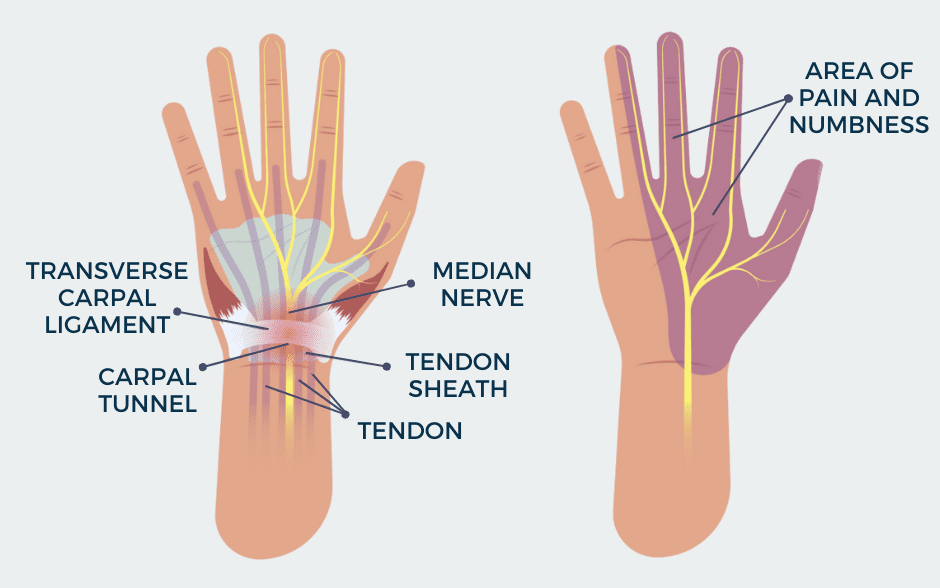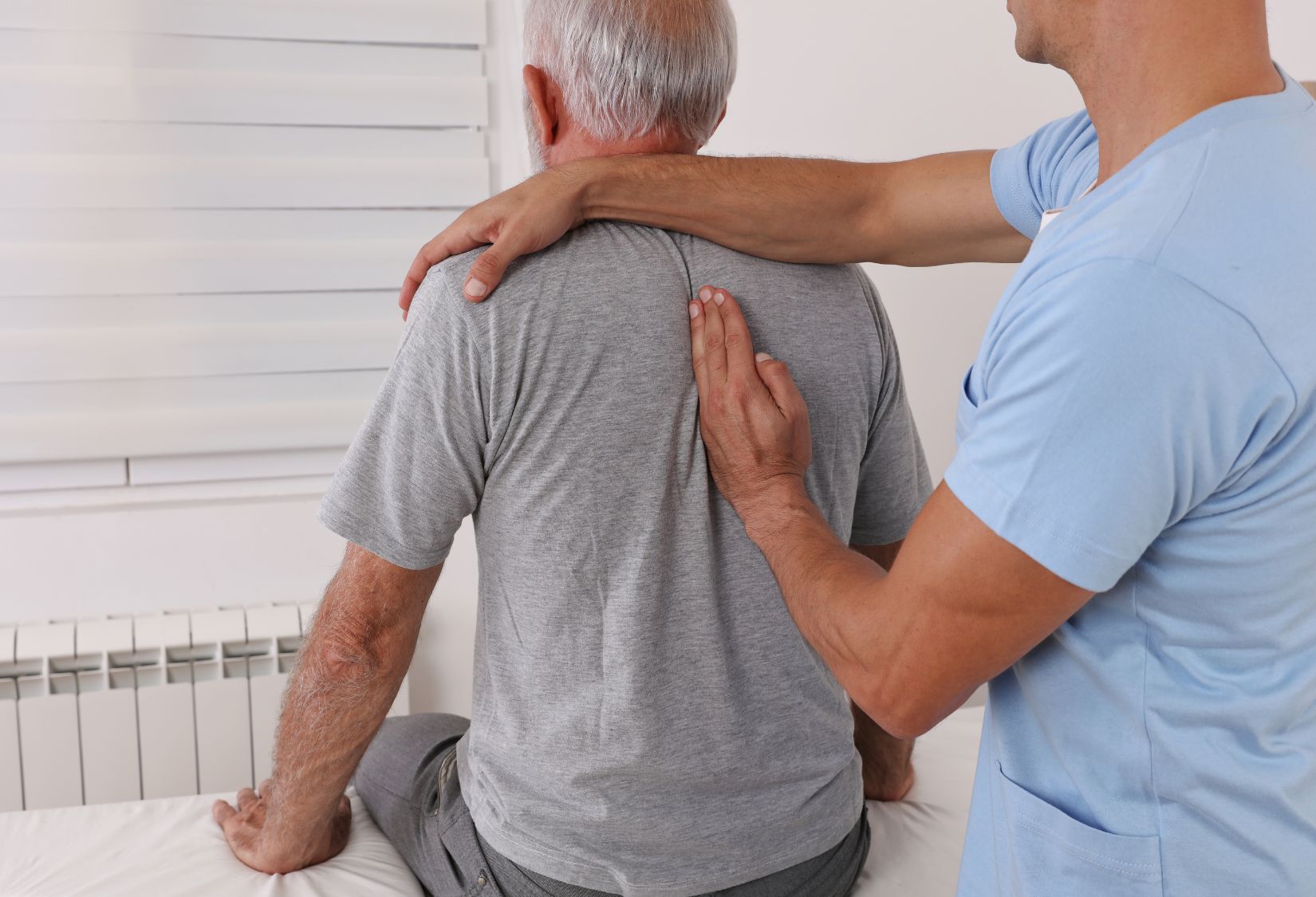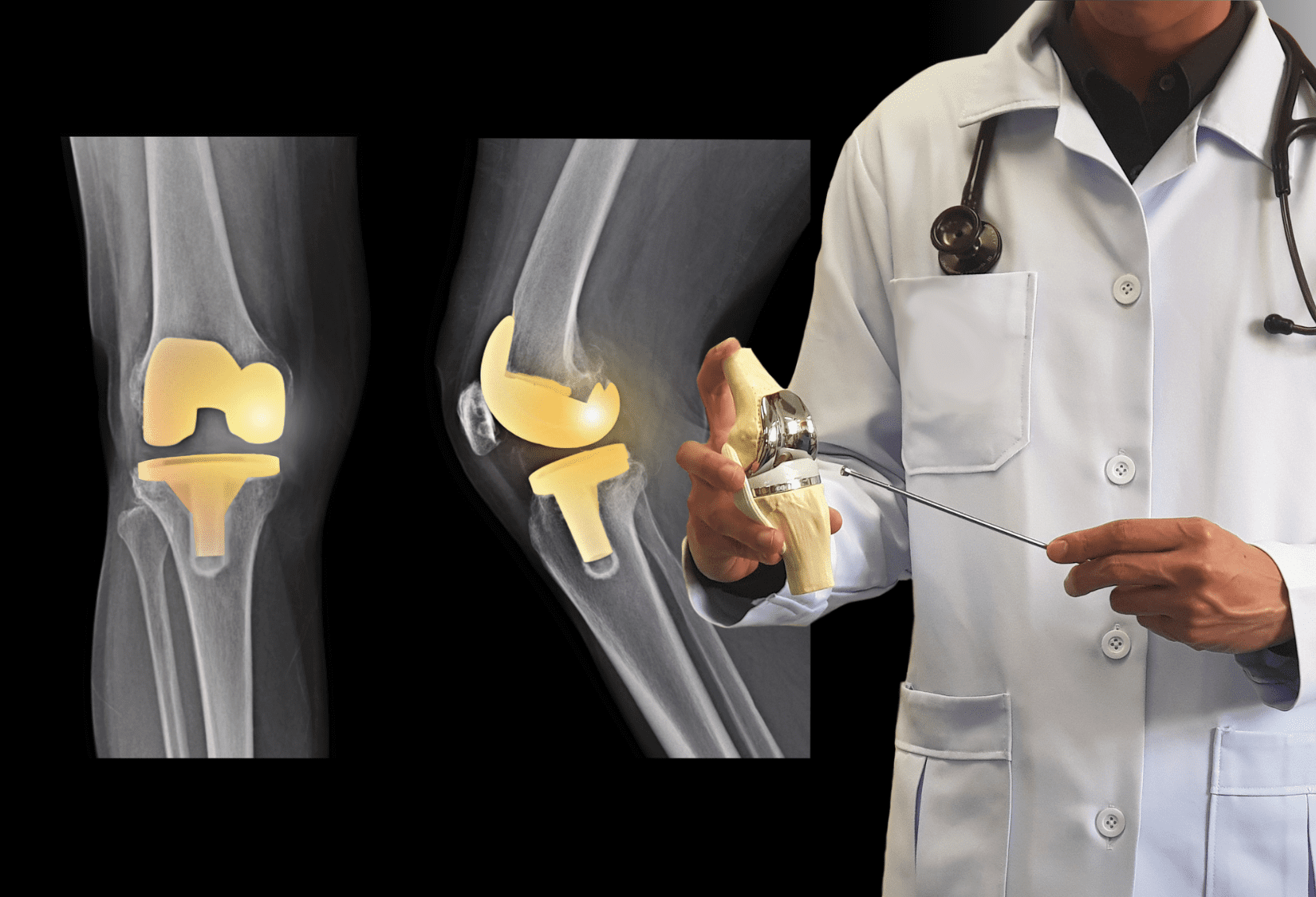What do we usually do when our stomach hurts? Mild abdominal pain may go away without treatment. If not, most of us will probably reach for some natural remedies or painkillers in the first place. Sometimes changing our diet, exercising, and avoiding stress can help with recurring ailments. But in some cases, the pain worsens and is accompanied by other symptoms such as back pain, muscle spasms, difficulty swallowing, heartburn, belching, and flatulence. When home remedies do not help, we might require advice from a specialist. Most doctors would probably recommend pharmacological therapy as the fastest way to relieve the problem, but there is another, natural remedy for our abdominal issues – manual, visceral therapy.
The natural solution to digestive problems
“Take this magic pill and get rid of your stomach pain” – we are tempted by TV commercials. But is a painkiller really the best solution for digestive problems? In fact, it can relieve reflux symptoms, relax muscles, and help with intestinal peristalsis but it treats only symptoms, and rarely solves the underlying condition. Only identifying the root of our disposition can help to solve the problem permanently and we can do that with help of a professional physical therapist, specializing in visceral, manual therapy.
What does viscera therapy look like?
Digestive system therapy looks different than traditional rehabilitation. The Strain Counterstrain technique, which is used in treating digestive disorders, has been known since the 50s of the last century and is a real revolution in physical therapy. The procedure can be applied to all body parts and systems. Therapists examine tender diagnostic points to recognize painful, reflexively protected, and contracted tissue and apply pressure to loosen the connective tissue, blood vessels, and nerves around them. This reduces the pain and swelling of the organ and restores its full functionality. The Strain Counterstrain technique is painless and non-invasive, yet it can bring really spectacular results.
Mysterious symptoms
A few weeks ago a middle-aged lady was referred to our Clinic for physical therapy due to severe rheumatoid pain in her hands, spine, and one of her knees – says Peter Domagala, owner of the P D Rehab clinic, a physical therapist with over twenty years of experience, and one of the specialists treating with the Strain Counterstrain technique. – After the first three therapy sessions, pain and edema were almost gone. She felt so good that she decided to end her rehabilitation. Unfortunately, her pain has returned. She mentioned that she also experiences other unusual symptoms, which intrigued me. The patient noticed, that simultaneously with the worsening of rheumatoid disease, she began to experience abdominal problems. Her stomach was swollen and became painful and heavy. These atypical symptoms prompted me to thoroughly examine the abdominal cavity, pelvis, and lumbosacral spine – Peter says. – By using the Strain Counterstrain-based palpation method, I was able to find the main cause of recurrent joint inflammation – inflammation of the abdominal and pelvic organs. During the evaluation, it turned out that one side of the sacrum was also painful, which indicated inflammation of the nerves that control blood circulation in the legs and abdomen. Only comprehensive treatment of the nervous system, spine, abdominal and pelvic organs as well as blood circulation allowed for more complete control of symptoms and long-term reduction of pain in the abdomen, spine, and legs.
The influence of the nervous system on the digestive system
When a patient comes to us, complaining of problems with the digestive system, we often notice a disturbance in the functioning of the abdominal organs. – says Peter – Symptoms such as increased or decreased peristalsis and inflammation occur as a result of improper neural control, because the digestive system, next to the circulatory and excretory system, is controlled by the autonomic nervous system, in which a huge role plays the Nervus Vagus.
What is the vagus nerve?
The vagus nerve is one of the longest peripheral nerves in our body and the most complex one, responsible for the communication between our brain and almost all internal organs in the chest and abdomen. When it’s synchronized with a sympathetic system, all our internal organs function properly, however, any imbalance can cause all kinds of problems starting from headaches, swallowing, lungs, and heart function and finishing on the GI system. Using modern techniques of Strain Counterstrain therapy, our therapists are able to regulate and stimulate the work of this extremely important nerve.
If you are struggling with recurring abdominal problems, it is worth considering viscera physical therapy, natural treatment with a proven, surprisingly high rate of successful results. If you are not sure whether this form of treatment will help in our case, the P D Rehab clinic offers a free screen. This is a good opportunity to talk to the therapist and make sure that offered treatment is suitable for you.



















